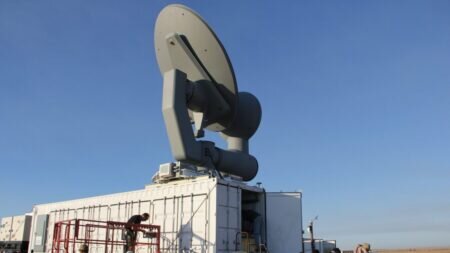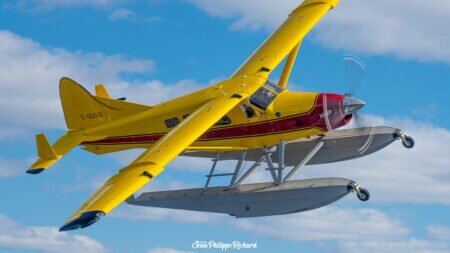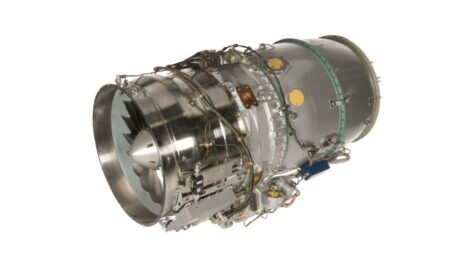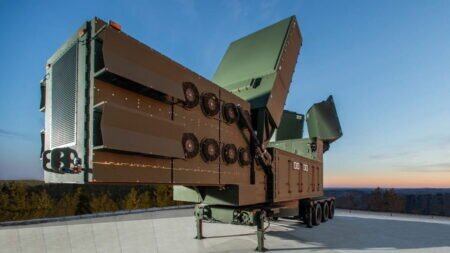The U.S. State Department has made a determination approving a possible Foreign Military Sale to the Republic of Korea of AIM-9X Block II Tactical Sidewinder Missiles and related equipment for an estimated cost of $158.1 million. The Defense Security Cooperation Agency delivered the required certification notifying Congress of this possible sale on Oct. 1.
The Republic of Korea has requested to buy 115 AIM-9X Block II Tactical Sidewinder missiles; 50 AIM-9X Block II Captive Air Training Missiles (CATM); 20 AIM-9X Block II Tactical Missile Guidance Units; and 20 AIM 9X Block II CATM Guidance Units. Also included are containers, weapon system support, software, surface transportation, missile technical assistance, and other technical assistance; and other related elements of program support. The estimated total cost is $158.1 million. The principal contractor will be Raytheon Corporation, Tucson, AZ.
Raytheon's Air Intercept Missile-9X (AIM-9X) is the latest addition to the Sidewinder family of short-range air-to-air missiles, the most widely used air-to-air missile, currently in service with more than 40 countries. The AIM-9X Block II, also known as the AIM-9X-2, which entered service in 2015, offers a big leap in capability with its data-link and lock-on-after-launch capabilities, among other improvements.
The AIM-9X features a high off-boresight focal-plane array seeker mounted on a highly maneuverable airframe with a greatly improved infrared anti-countermeasures capability. It provides a launch-and-leave air combat missile capability, which uses passive infrared energy for acquisition and tracking of enemy aircraft. It is a joint U.S. Navy and U.S. Air Force program (led by the Navy). The U.S. Air Force and U.S. Navy are currently purchasing the AIM-9X Block II, which (compared to the Block I missile) adds a lock-on-after launch capability and a one-way forward quarter datalink capability. IOC was declared for the Block II missile in March 2015 and Full Rate Production (FRP) commenced in August 2015.









